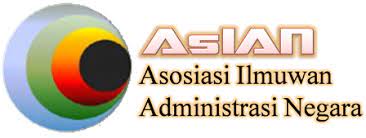Penyerahan Naskah
Daftar Tilik Penyerahan Naskah
Penulis yang ingin memasukkan naskah harus memperhatikan poin-poin di bawah ini. Jika naskah tidak sesuai dengan persyaratan yang telah dicantumkan, ada kemungkinan naskah tersebut akan dikembalikan.- Naskah belum pernah diterbitkan sebelumnya, dan tidak sedang dalam pertimbangan untuk diterbitkan di jurnal lain (atau sudah dijelaskan dalam Komentar kepada Editor).
- File naskah dalam format dokumen OpenOffice, Microsoft Word, atau RTF.
- Referensi yang dapat diakses online telah dituliskan URL-nya.
- Naskah diketik dengan teks 1 spasi; font 12; menggunakan huruf miring, bukan huruf bergaris bawah (kecuali alamat URL); dan semua ilustrasi, gambar, dan tabel diletakkan dalam teks pada tempat yang diharapkan, bukan dikelompokkan tersendiri di akhir naskah.
- Naskah mengikuti aturan gaya selingkung dan bibliografi yang disyaratkan dalam Panduan Penulis.
Articles
Section default policyPernyataan Privasi
Nama dan alamat email yang dimasukkan di website ini hanya akan digunakan untuk tujuan yang sudah disebutkan, tidak akan disalahgunakan untuk tujuan lain atau untuk disebarluaskan ke pihak lain.





